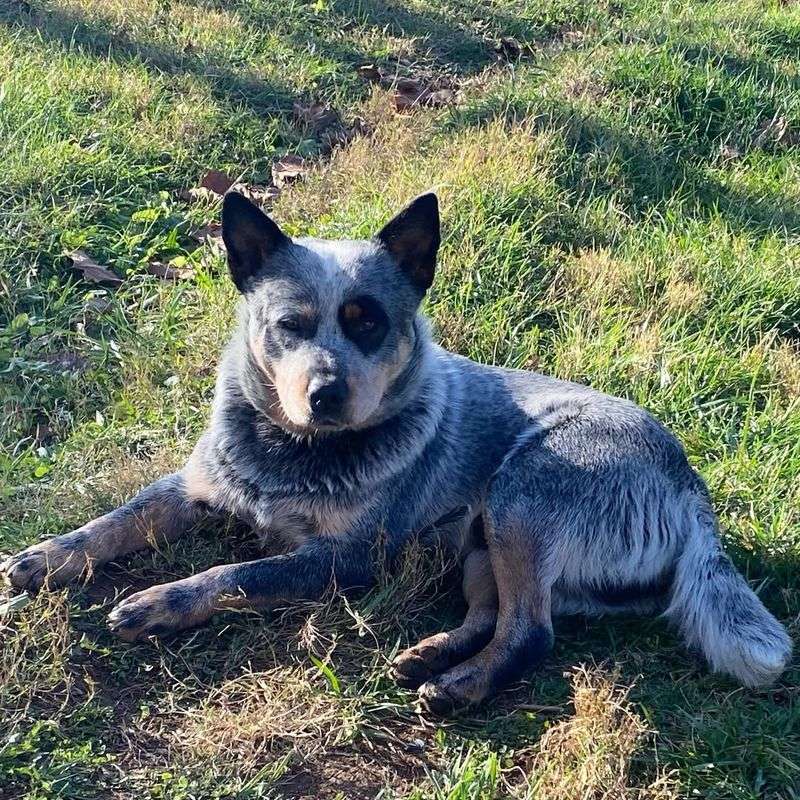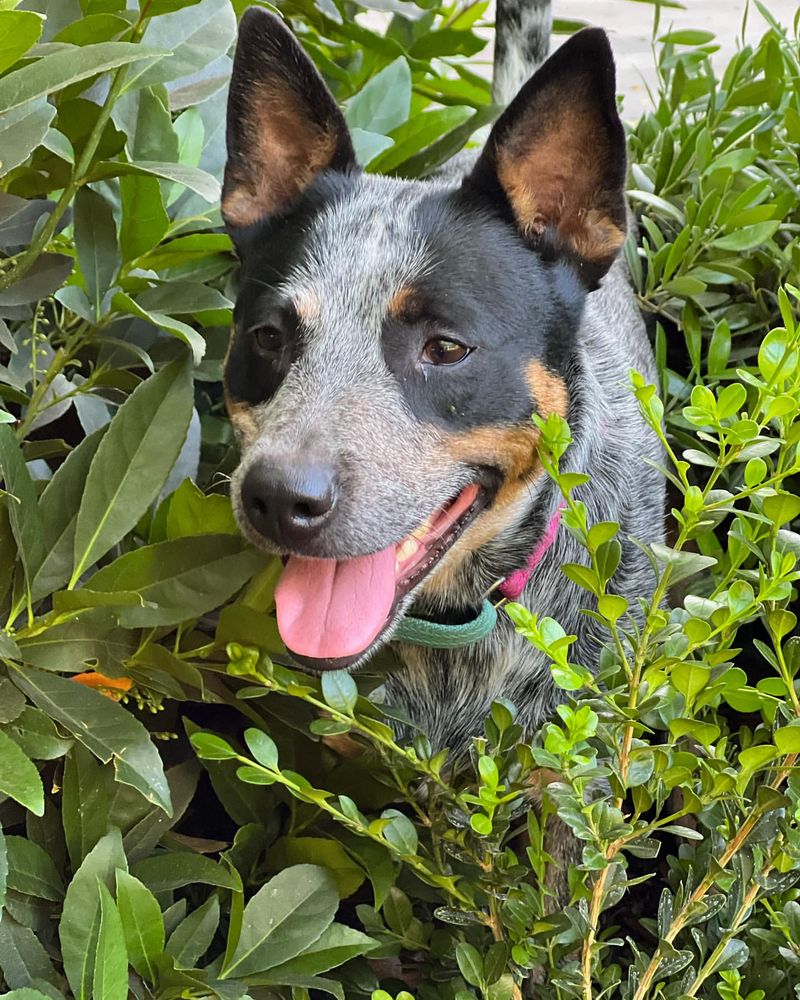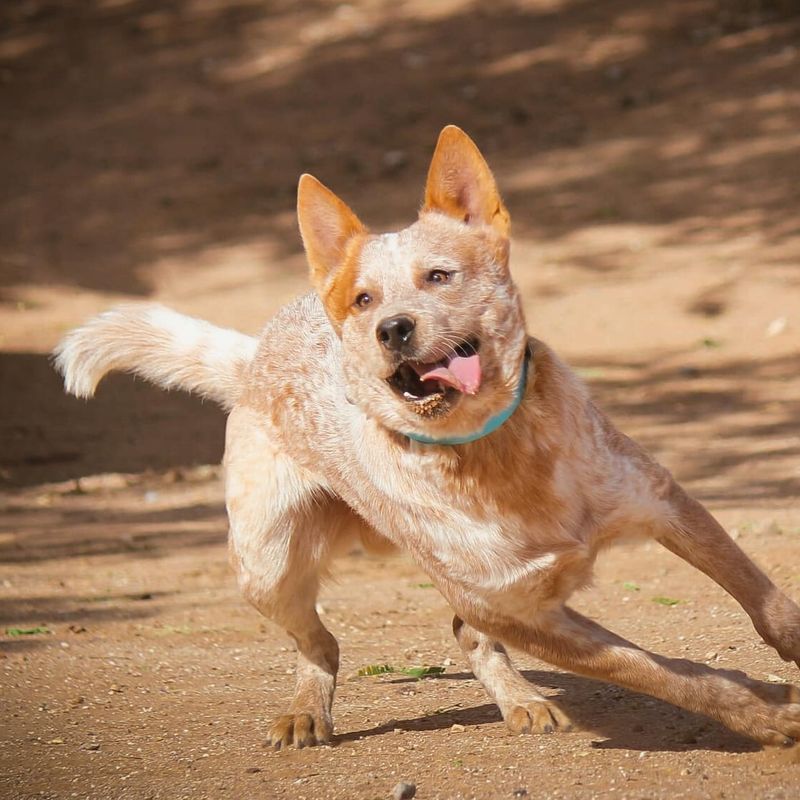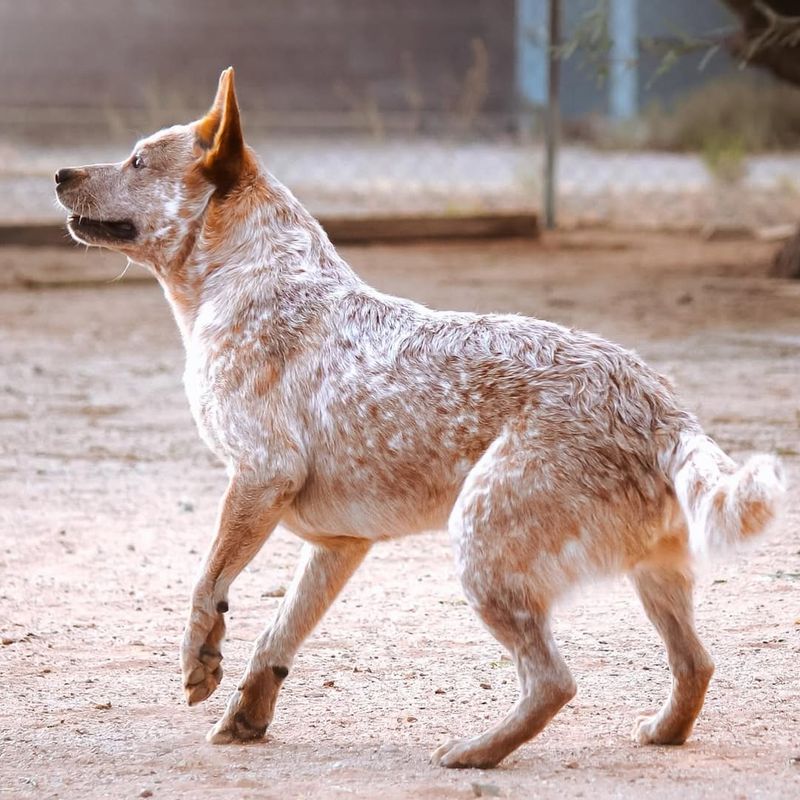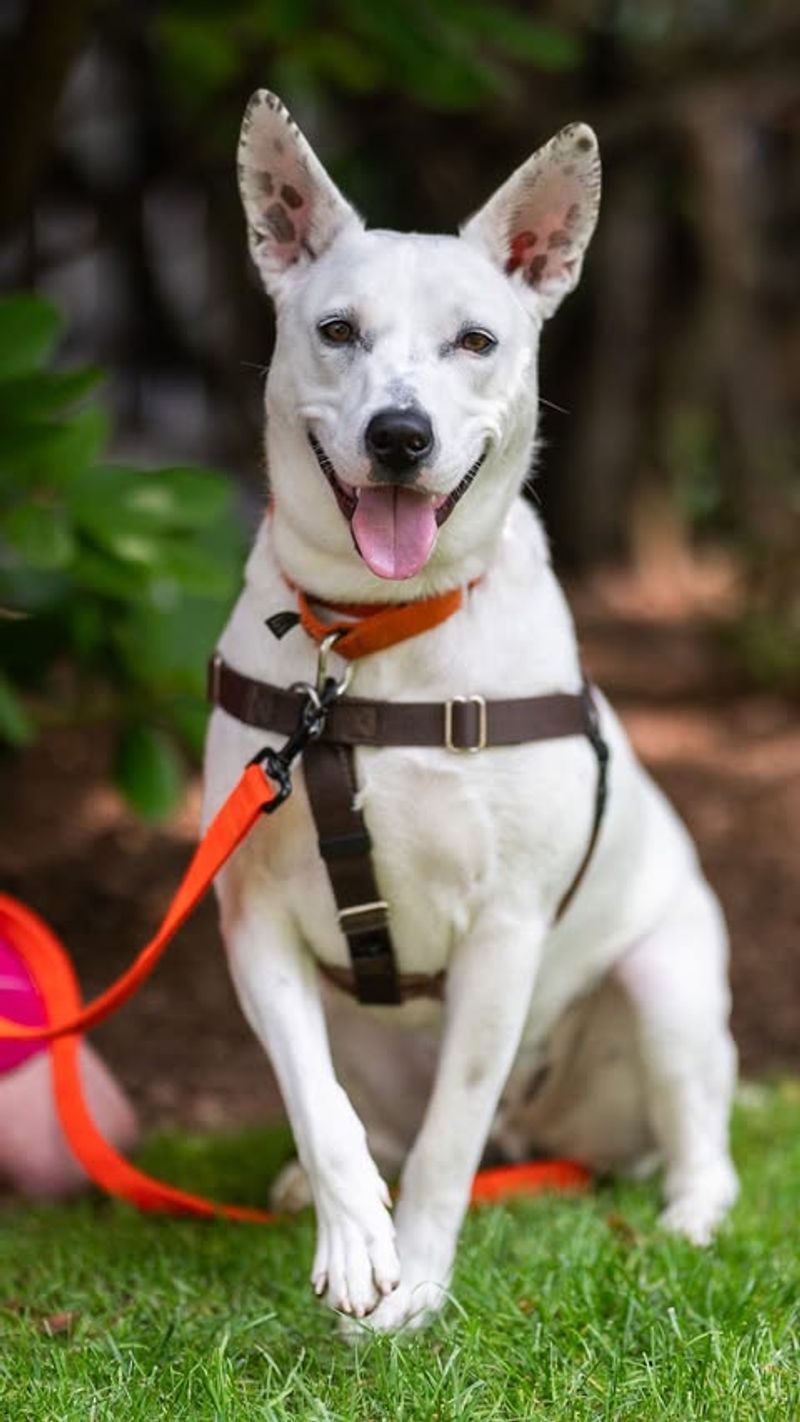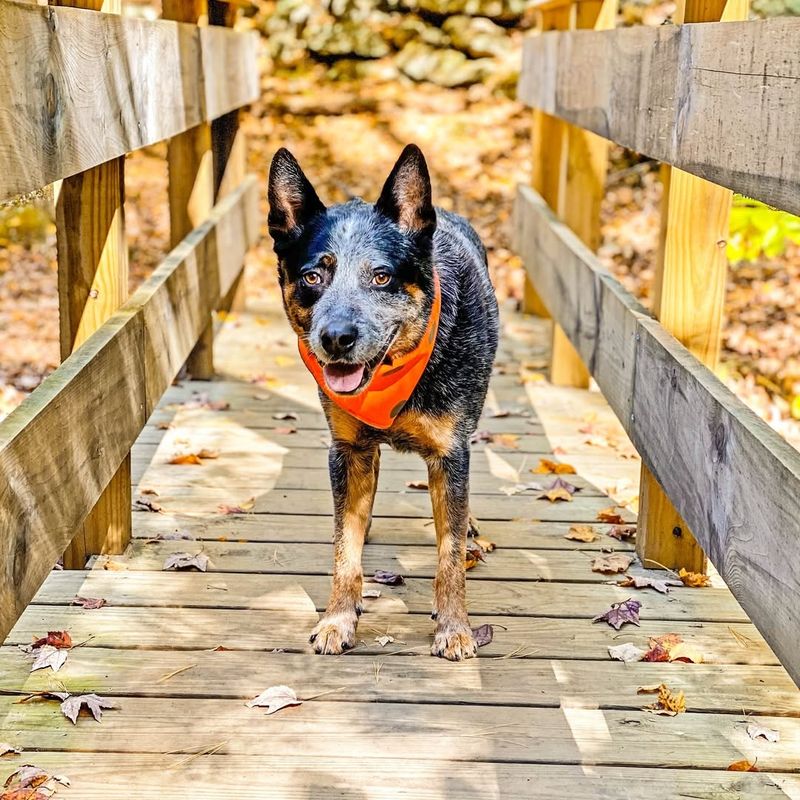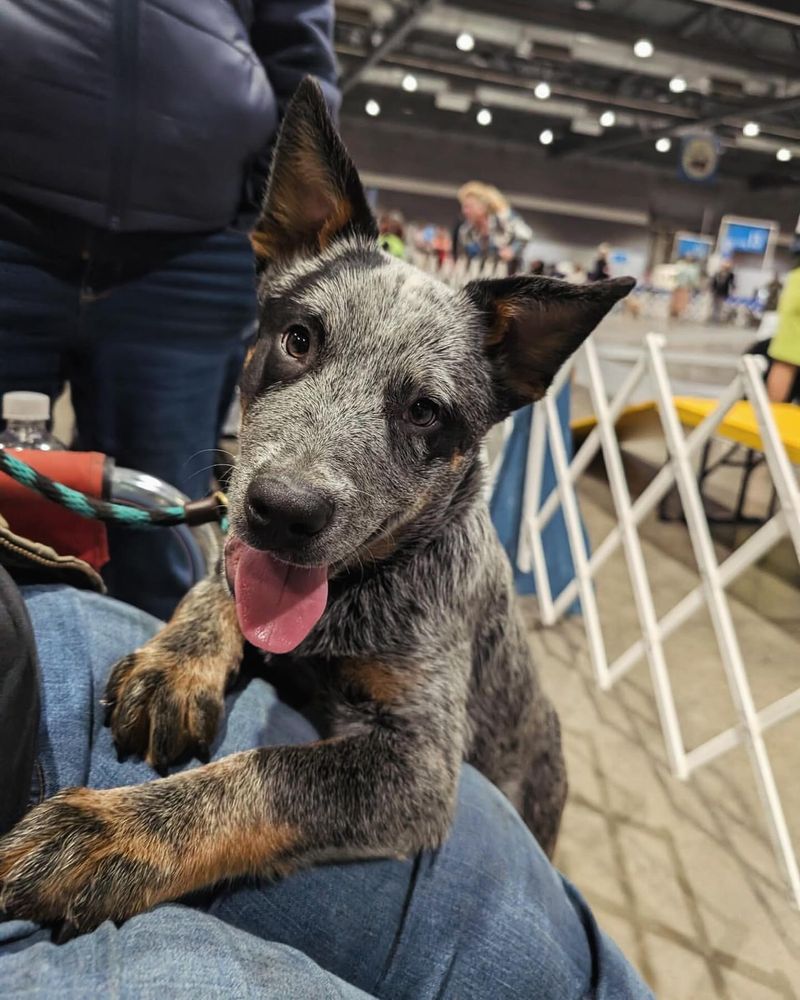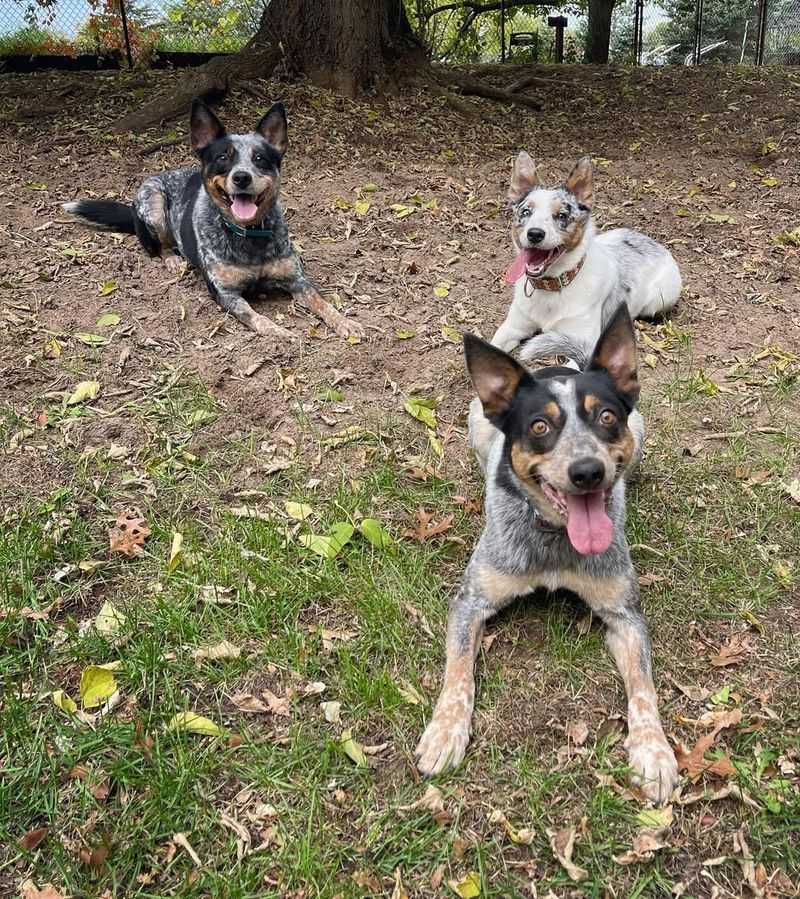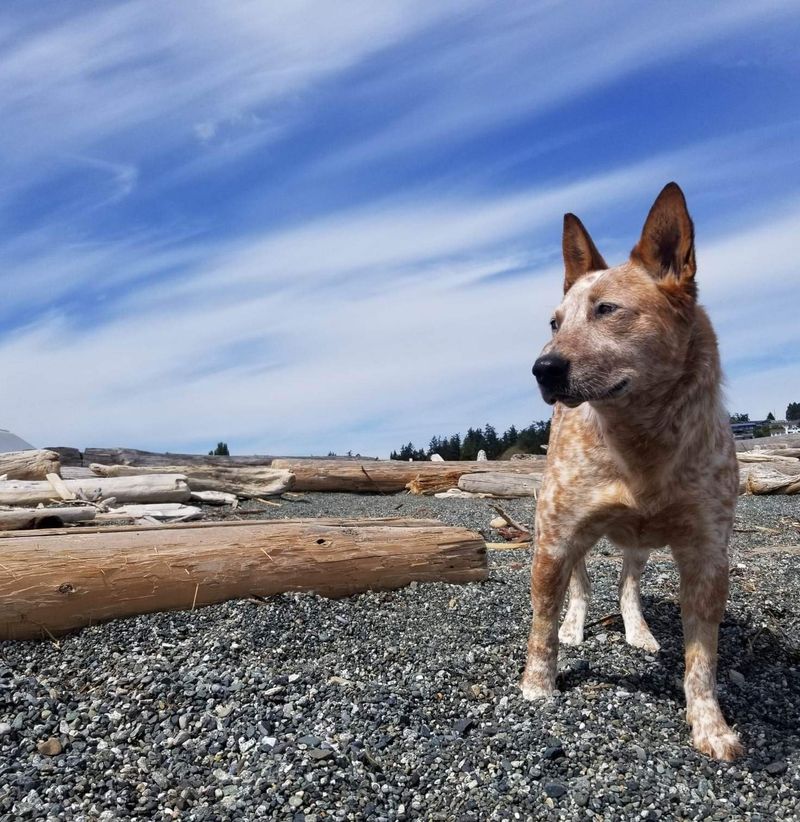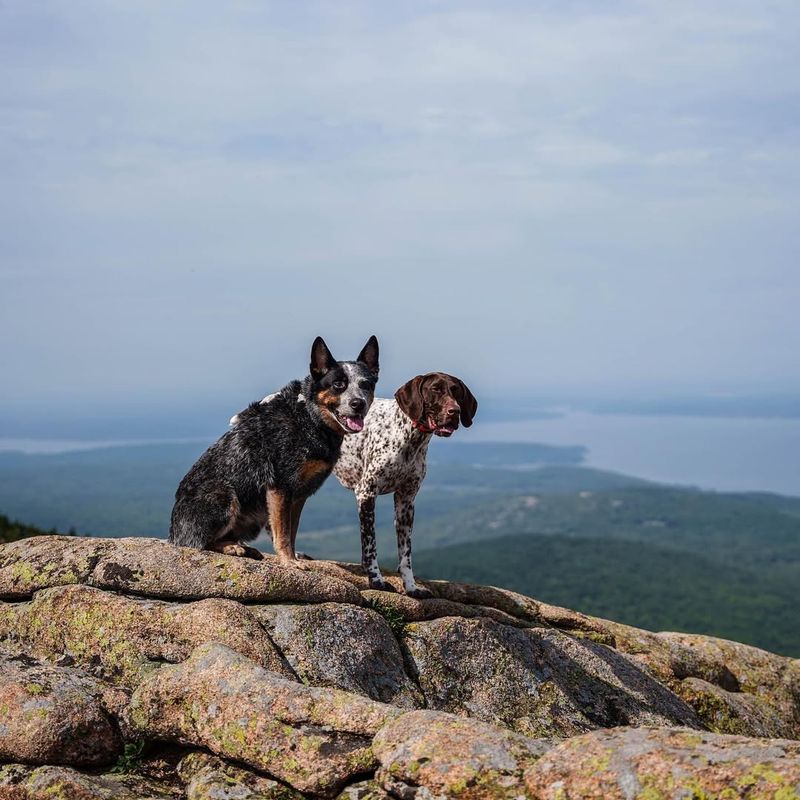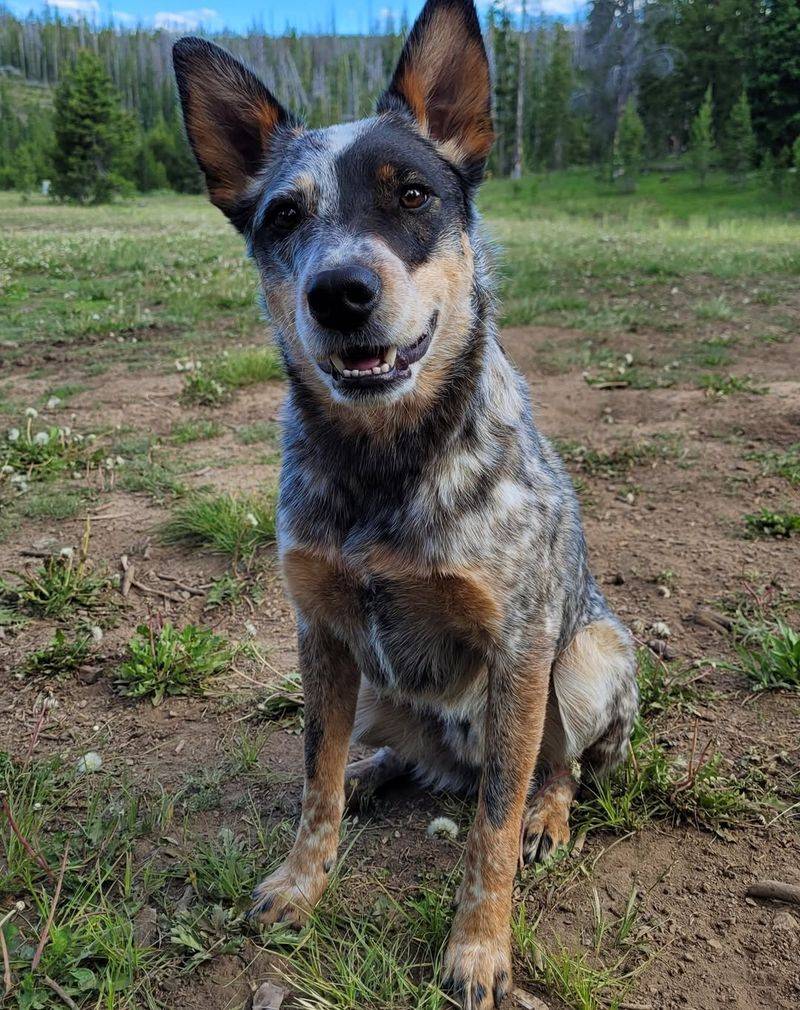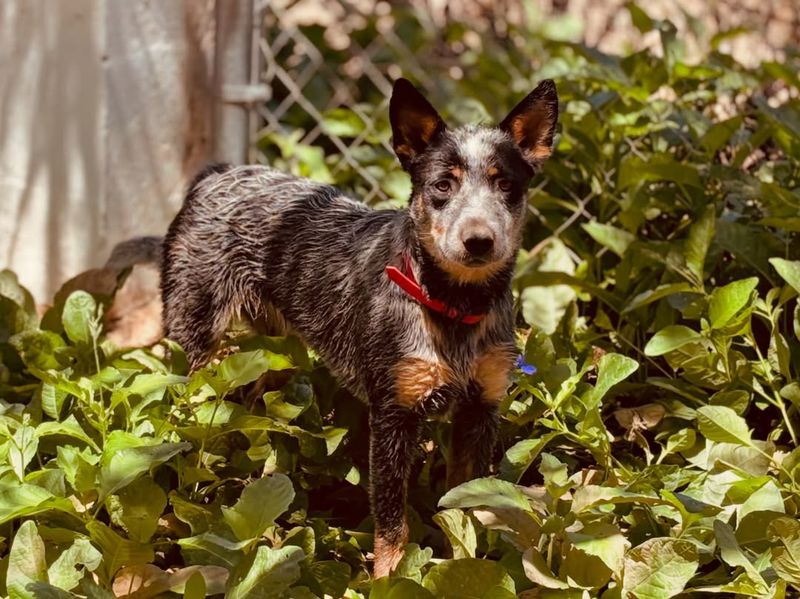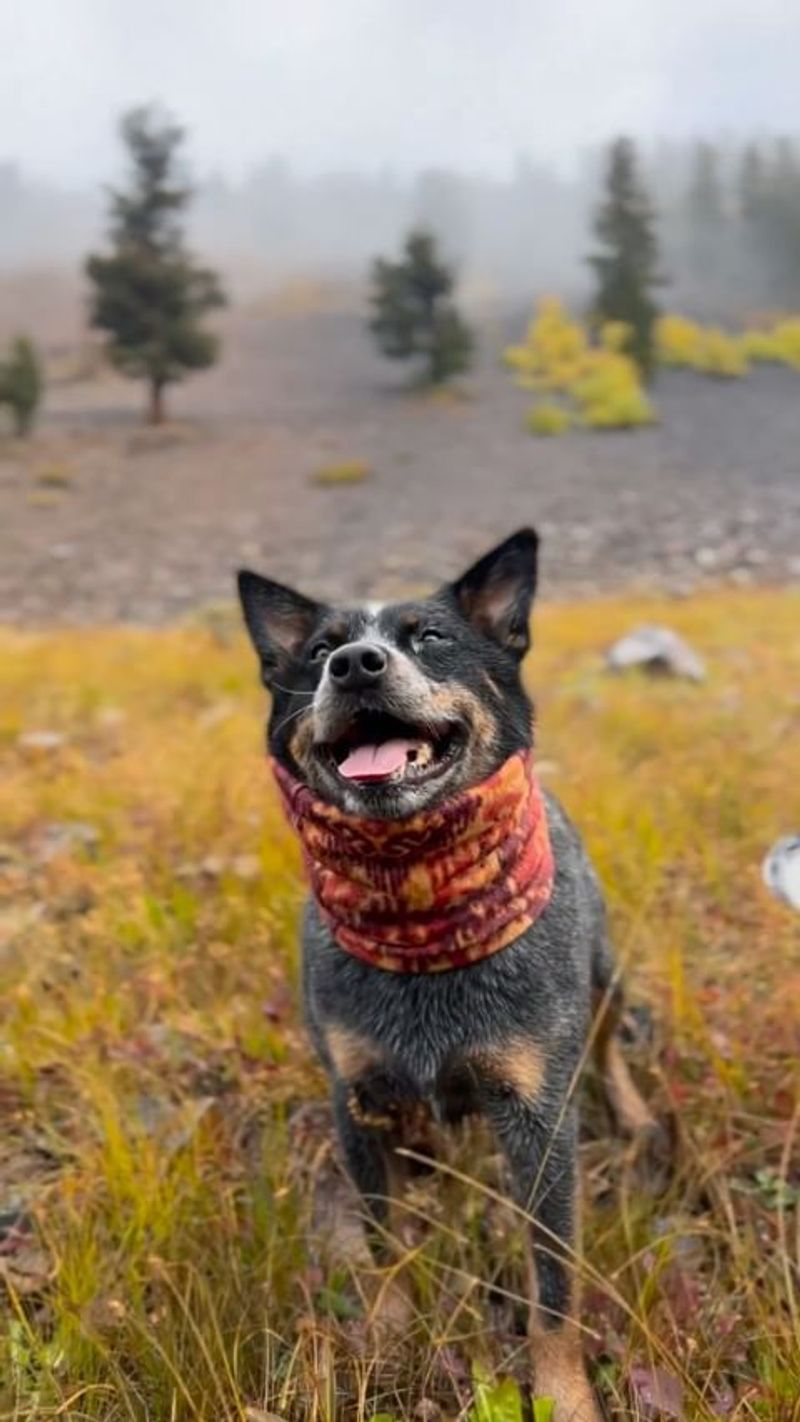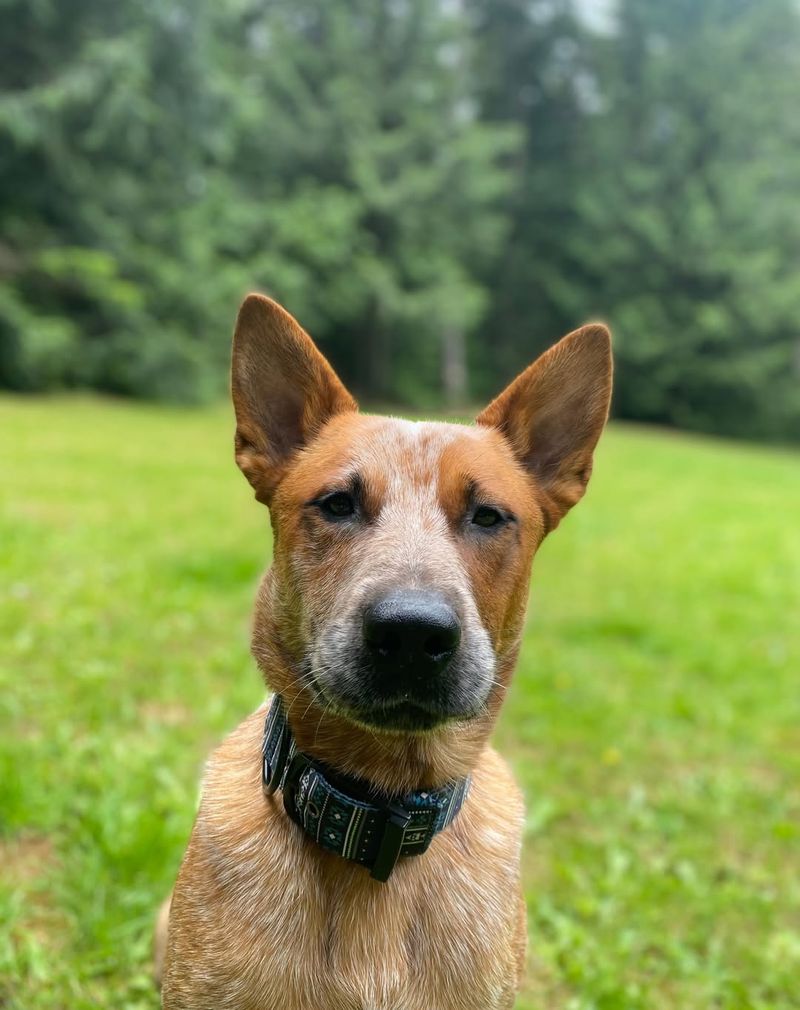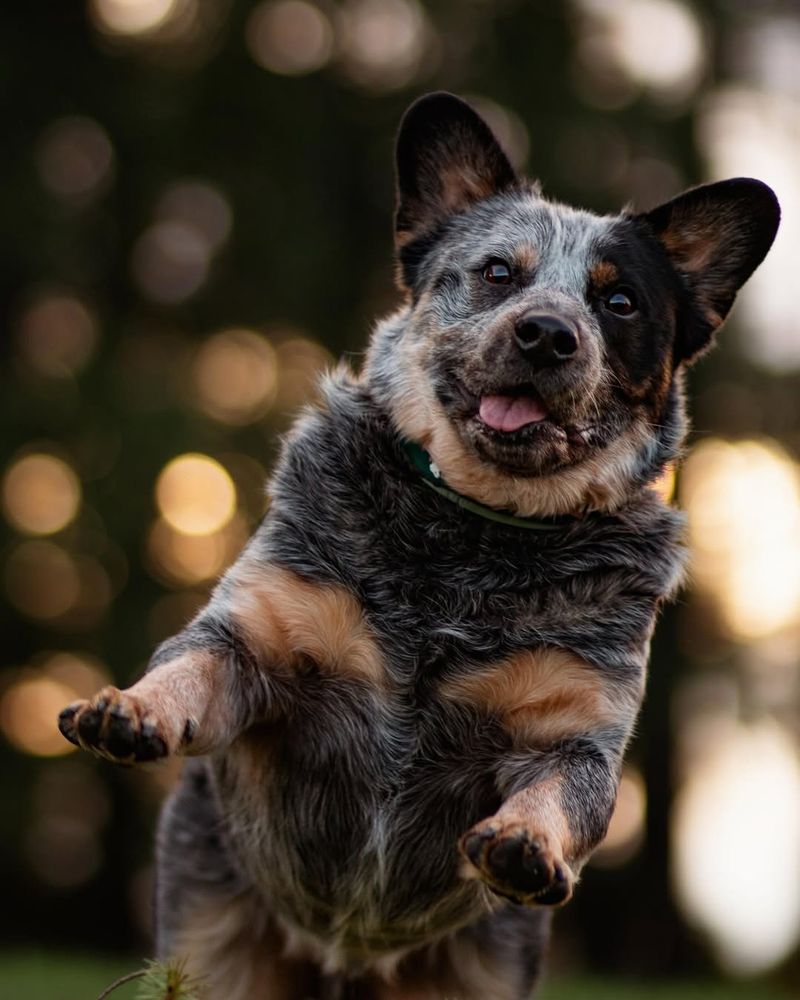Considering getting a Blue Heeler? These energetic and intelligent dogs require special attention and understanding. Here’s a detailed guide on the 19 essential things every prospective Blue Heeler owner should know to ensure a happy and healthy relationship with this remarkable breed.
Key Traits That Define the Blue Heeler
Blue Heelers, also known as Australian Cattle Dogs, are known for their alertness and intelligence. They possess a muscular build, making them excellent working dogs. With a keen sense of duty, they thrive on tasks that engage both their minds and bodies.
These dogs are highly energetic, requiring plenty of physical activity to stay healthy and happy. Their loyal nature makes them devoted companions, often forming strong bonds with their families. However, their independence can sometimes be mistaken for stubbornness, so training with patience is crucial.
Understanding these traits is vital for a harmonious relationship with your Blue Heeler.
Smart and Trainable: The Intelligence of Blue Heelers
Blue Heelers rank high in intelligence, which makes them highly trainable. Their quick learning ability allows them to pick up commands swiftly, which is a boon for trainers and owners alike.
Positive reinforcement works best with these dogs, as they respond well to rewards and praise. Given their smart nature, they can sometimes become bored with repetitive tasks, so varying the training sessions is essential.
Keeping their minds engaged with challenging activities helps prevent unwanted behavior due to boredom, making for a well-behaved and content companion.
A Natural Herding Dog: The Blue Heeler’s Working Instincts
Blue Heelers are natural herders, a trait deeply ingrained in their genetic makeup. Originally bred to work with cattle, they have an innate ability to guide and control livestock.
Their herding instincts are characterized by agility, speed, and a keen eye for movement. While these skills are perfect for farm work, they can also manifest in domestic settings, such as nudging family members.
Engaging their herding instincts through structured activities or sports like agility courses can be a great outlet for their energy and skills.
Devoted and Watchful: The Protective Side of Blue Heelers
Blue Heelers are known for their protective nature, making them excellent watchdogs. Their devotion to their families is unwavering, and they are always on the lookout for potential threats.
This protective instinct can sometimes lead to suspicion of strangers, so early socialization is paramount. Despite their watchful demeanor, they are affectionate with those they trust.
Balancing their protective instincts with proper training ensures they remain confident and friendly, making them a trustworthy addition to any household.
Endless Energy: Why Blue Heelers Need an Active Lifestyle
Blue Heelers are known for their seemingly endless energy, requiring ample exercise to maintain their physical and mental health. A simple walk often isn’t enough for this energetic breed.
Activities like running, hiking, or playing fetch can provide the necessary stimulation they crave. Mental exercises are equally important, as they help keep boredom at bay.
Providing a balanced routine of physical and mental activities is essential to ensure a happy and well-adjusted Blue Heeler, preventing destructive behavior that stems from unspent energy.
Weather-Ready: How Blue Heelers Thrive in Different Climates
Blue Heelers are incredibly adaptable to various weather conditions, thanks to their dense double coat. This coat provides insulation, allowing them to thrive in both cold and warm climates.
In colder environments, they revel in the snow, thanks to their natural resistance to low temperatures. Meanwhile, their coats also protect them from the sun and heat in warmer regions.
While they’re versatile, it’s important to monitor them during extreme conditions, ensuring they have access to shade and water to prevent overheating.
More Than Just a Walk: The Blue Heeler’s Exercise Demands
For Blue Heelers, exercise involves more than just daily walks. These dogs thrive on activities that challenge them both physically and mentally.
Agility courses, frisbee games, and obedience trials are excellent ways to meet their exercise needs. These activities not only keep them fit but also help in channeling their energy productively.
Regular, varied exercise routines are crucial to prevent boredom-related issues, ensuring your Blue Heeler remains happy and healthy. Engaging them in interactive play strengthens the bond between dog and owner.
Not Always Friendly: Socialization Challenges with Blue Heelers
Socialization is crucial for Blue Heelers, as they can be wary of strangers and unfamiliar animals. Their protective instincts can sometimes lead to aloofness, which necessitates proper introductions to new experiences.
Early and consistent socialization helps them become more adaptable and friendly. Exposure to different environments, people, and animals can reduce anxiety and ensure they grow into well-rounded adults.
Owners should focus on positive encounters, reinforcing good behavior to build confidence and sociability in their Blue Heelers.
A Herding Instinct That Extends to Their Human Family
Blue Heelers’ herding instincts often extend to their human family members. They may gently nip at heels or guide children, an extension of their natural herding behavior.
While this can be endearing, it’s essential to set boundaries to prevent unwanted behavior. Training them to understand appropriate family interactions is crucial.
Through consistent guidance and positive reinforcement, Blue Heelers can learn to channel their instincts positively, ensuring harmony within the household.
Why Blue Heelers Struggle with Being Left Alone
Blue Heelers are highly social dogs that thrive on companionship, which makes them struggle with being left alone for extended periods. Separation anxiety is common in this breed, often leading to destructive behavior.
Providing them with engaging toys and ensuring they are well-exercised before leaving can help alleviate anxiety. Introducing them to short periods of alone time gradually can also be beneficial.
Understanding their social needs and addressing them helps ensure a content and well-adjusted Blue Heeler, minimizing stress and anxiety when alone.
Common Health Concerns to Watch for in Blue Heelers
Blue Heelers are generally healthy dogs, but like all breeds, they can be prone to certain health issues. Common concerns include hip dysplasia, progressive retinal atrophy, and deafness.
Regular veterinary check-ups and maintaining a healthy diet are crucial in preventing these issues. Monitoring their activity and weight can also help reduce the risk of joint problems.
Staying informed about their health and promptly addressing any concerns can ensure a long, healthy life for your Blue Heeler, providing peace of mind for the owner.
Should You Get a Blue Heeler? What to Consider First
Before deciding to get a Blue Heeler, it’s essential to assess if their high energy and exercise needs fit your lifestyle. Prospective owners should be prepared to invest time and effort into training and socialization.
Their protective nature means they require early socialization to become well-adjusted adults. They thrive in active households where they can participate in various activities.
Considering these factors and whether they align with your living situation is key in ensuring a successful and fulfilling relationship with a Blue Heeler.
The Quirky Whistle Response
Blue Heelers have a curious affinity for whistles. This response stems from their herding background, where whistles often guide working dogs. It’s quite entertaining to see their ears perk up with the sound, even if they’ve never been trained with one.
Try experimenting with different whistle sounds and watch their reactions. Some Heelers might even develop preferences for specific tones, adding a playful layer to their training.
This behavior is not only a nod to their ancestral roots but also a unique way to engage with them in everyday activities.
The Sock Obsession
If you notice your Blue Heeler making off with your socks, you’re not alone. Many owners report this amusing behavior, which seems to be a quirky trait of the breed.
They may carry them around like prized possessions or even hide them. This fascination might be linked to their natural instinct to herd and collect, reflecting their playful and mischievous side.
To manage this, provide plenty of toys and engage in interactive play. This keeps them entertained and helps redirect their obsession in a harmless way.
The Mysterious Howl
Blue Heelers can unexpectedly break into a soulful howl, often in response to sirens or other high-pitched sounds. It’s a behavior that surprises many new owners.
This howling is a throwback to their wild ancestors, showcasing their instinctual communication skills. These vocal expressions can be quite mesmerizing and add character to their personality.
Encourage this natural behavior by participating in howl-alongs, making it a bonding moment. It’s not just a noise; it’s an expression of their deep-seated instincts.
The Shadow Games
Chasing shadows might seem odd, but for many Blue Heelers, it becomes a favored pastime. This behavior highlights their keen awareness and playful nature.
On sunny days, you might find your Heeler darting after shadows, trying to “catch” them. It’s a delightful yet peculiar activity that keeps them engaged and mentally stimulated.
Though it might look strange, this activity is harmless fun. Join them in this playful pursuit or offer interactive toys to ensure a balanced playtime experience.
The Water Bowl Dance
Some Blue Heelers perform a comical dance with their water bowl. They might splash or paw at the water, adding a touch of whimsy to their day.
This playful behavior could be linked to their high energy levels and curiosity. It’s a charming quirk that brings laughter and joy to their human companions.
While this can lead to a bit of a mess, it’s an opportunity to appreciate their lively spirit. Consider placing their bowl on a mat to manage spills and enjoy their unique dance.
The Buried Treasure Instinct
True to their heritage, Blue Heelers often exhibit a desire to bury “treasures.” This instinctual behavior can involve toys, bones, or even household items.
It’s a nod to their past as working dogs, where safeguarding resources was crucial. Watching them meticulously choose spots and bury items can be quite entertaining.
To satisfy this instinct, offer them safe spaces to dig, such as a sandbox. Redirecting their efforts ensures they can enjoy their natural behaviors without causing havoc in your garden.
The Eye Contact Challenge
Blue Heelers are known for their intense eye contact, which can take new owners by surprise. This trait is a part of their herding instinct, used to control livestock.
When they lock eyes with you, it’s more than a stare; it’s a form of communication and connection. Engaging in these “stare-downs” can strengthen the bond between you and your Heeler.
Make it a game, rewarding them with treats or affection when they maintain eye contact. This strengthens your relationship while respecting their natural behavior.

